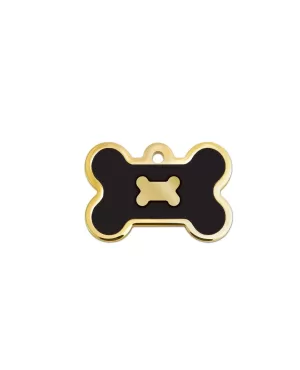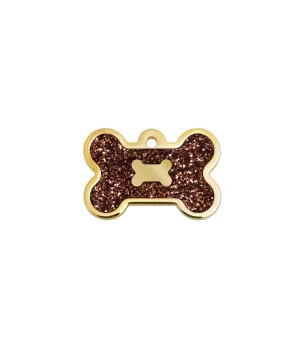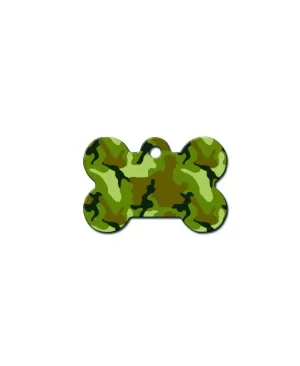Dog tags are more than just stylish accessories for your canine companion – they play a vital role in ensuring your dog’s safety and well-being.
In this, we’ll cover everything you need to know about dog tags, from their importance to what information they should contain.
Why Are Dog Tags Important?
Dog tags are small metal or plastic tags that hang from your dog’s collar. They serve as a form of identification for your furry friend, much like a human’s ID card. Here’s why they’re important:
- Lost and Found: Dogs are curious creatures, and sometimes they can wander off or get lost. A dog tag provides a quick and easy way for someone who finds your lost pet to contact you and help reunite you with your furry friend.
- Emergency Situations: In case of an accident or a medical emergency, a dog tag can provide vital information about your pet’s health conditions, allergies, and medications. This can be crucial information for veterinarians or first responders.
- Proof of Ownership: If your dog ends up in a shelter or rescue organization, a tag with your contact information can help establish your ownership quickly and prevent your pet from being adopted by someone else.
-
 ID Tag-Bone Epoxy Gold BlackAED 60.00
ID Tag-Bone Epoxy Gold BlackAED 60.00 -
 ID Tag-Bone Epoxy Gold GlitterAED 60.00
ID Tag-Bone Epoxy Gold GlitterAED 60.00 -
 ID Tag – Bone Painted Green CamouflageAED 30.00
ID Tag – Bone Painted Green CamouflageAED 30.00
What Information Should a Dog Tag Contain?
While it’s important to include essential information, you also want to keep the tag easy to read. Here’s what to include:
- Name: Your dog’s name is a friendly introduction and can be comforting for them if they are lost or scared.
- Your Phone Number: This is the most important piece of information. Make sure it’s a number that you’re reachable at all times.
- Optional: Address: Including your address can be helpful, especially if your dog is found in your neighborhood. However, if you’re concerned about privacy, you can skip this.
- Medical Information: If your dog has any allergies, medical conditions, or requires medication, you might consider adding a note about it. Keep it concise to ensure it’s easily readable.
- Microchip Information: While not all tags can accommodate this, having a note that your dog is microchipped with the chip number can be an added layer of identification.
Choosing the Right Tag
When selecting a dog tag, keep the following in mind:
- Material: Dog tags are available in various materials, including stainless steel, aluminum, and plastic. Stainless steel and aluminum are durable and resist wear and tear.
- Size and Shape: Choose a tag size that’s readable but not too heavy for your dog’s collar. Common shapes include bone, circle, and heart.
- Font and Text Size: Opt for a font that’s easy to read, even from a distance. Ensure the text size is large enough to be legible without straining the eyes.
- Attachment: Some tags come with simple S-hooks, while others have rubber silencers to reduce noise. Ensure the attachment is secure to prevent the tag from falling off.
Overall
Dog tags are more than just accessories – they’re essential tools for keeping your beloved pet safe and ensuring a quick reunion if they ever get lost. By including clear and concise information, you’re giving your furry friend the best chance of finding their way back to you.
Remember to regularly check the tag for legibility and make updates whenever your contact information changes. With a well-designed dog tag, you’re taking an important step towards your dog’s safety and your peace of mind.







